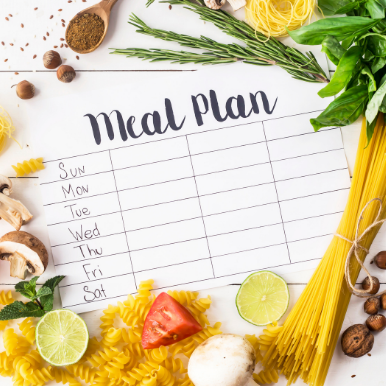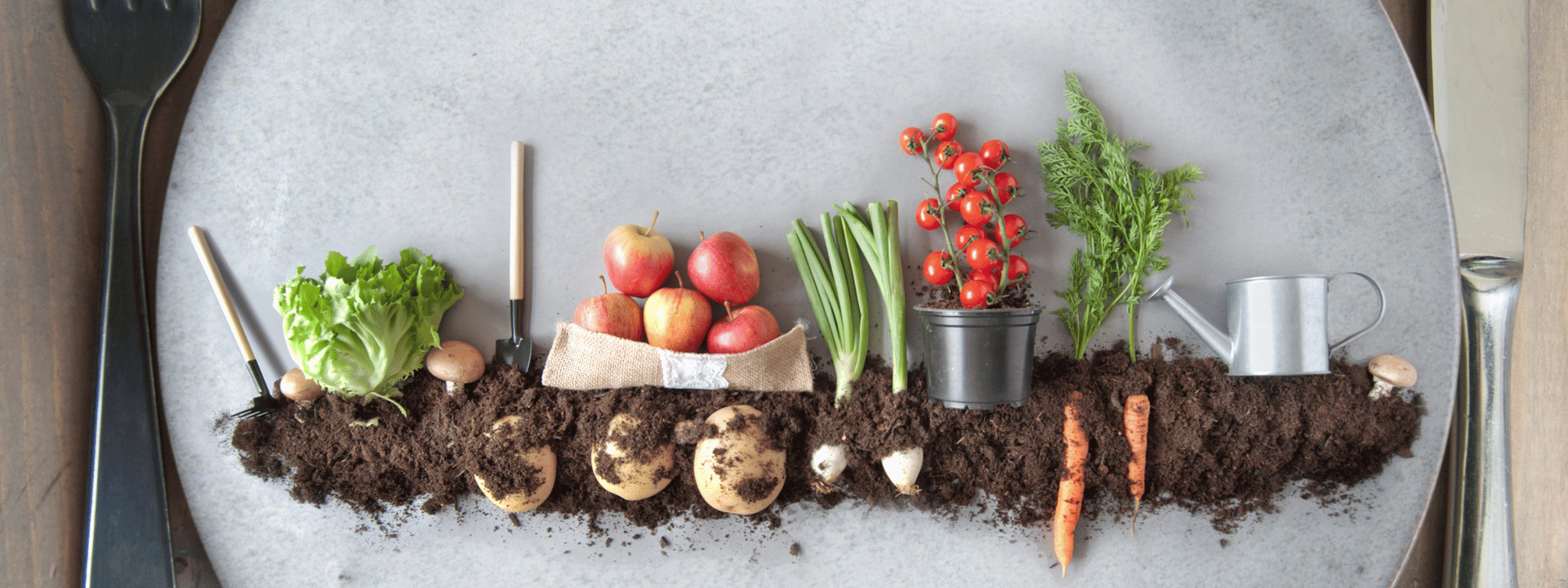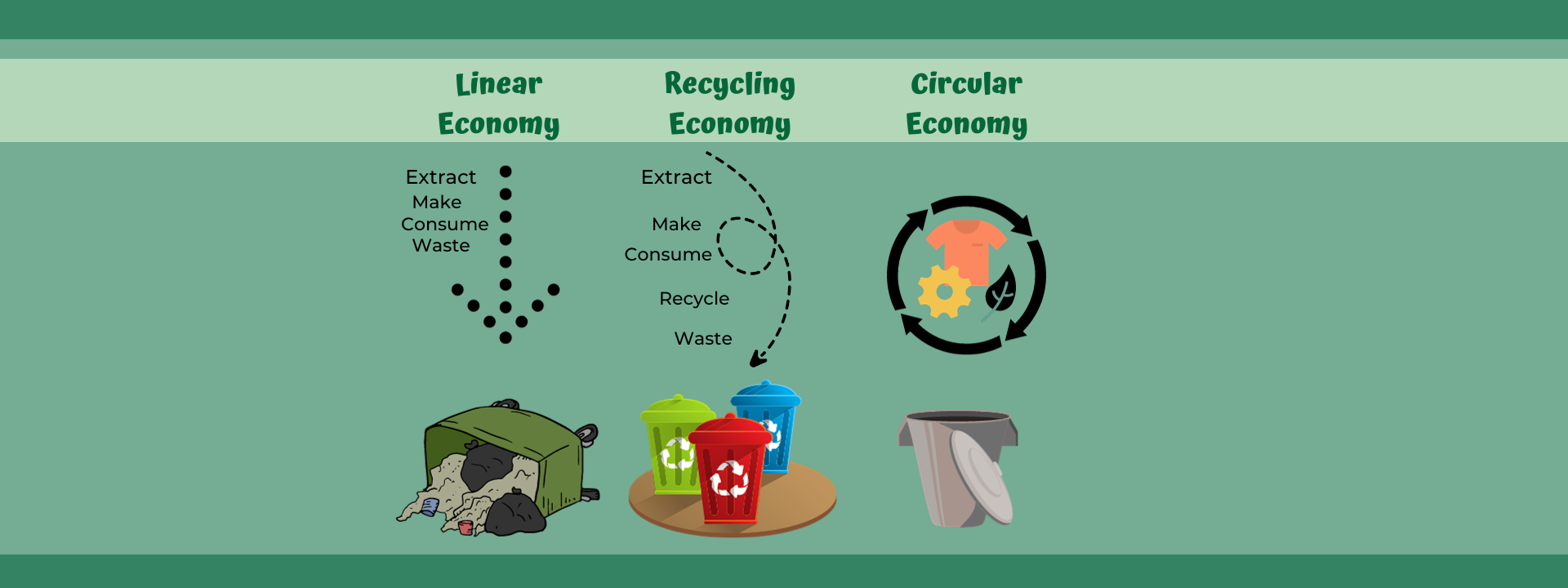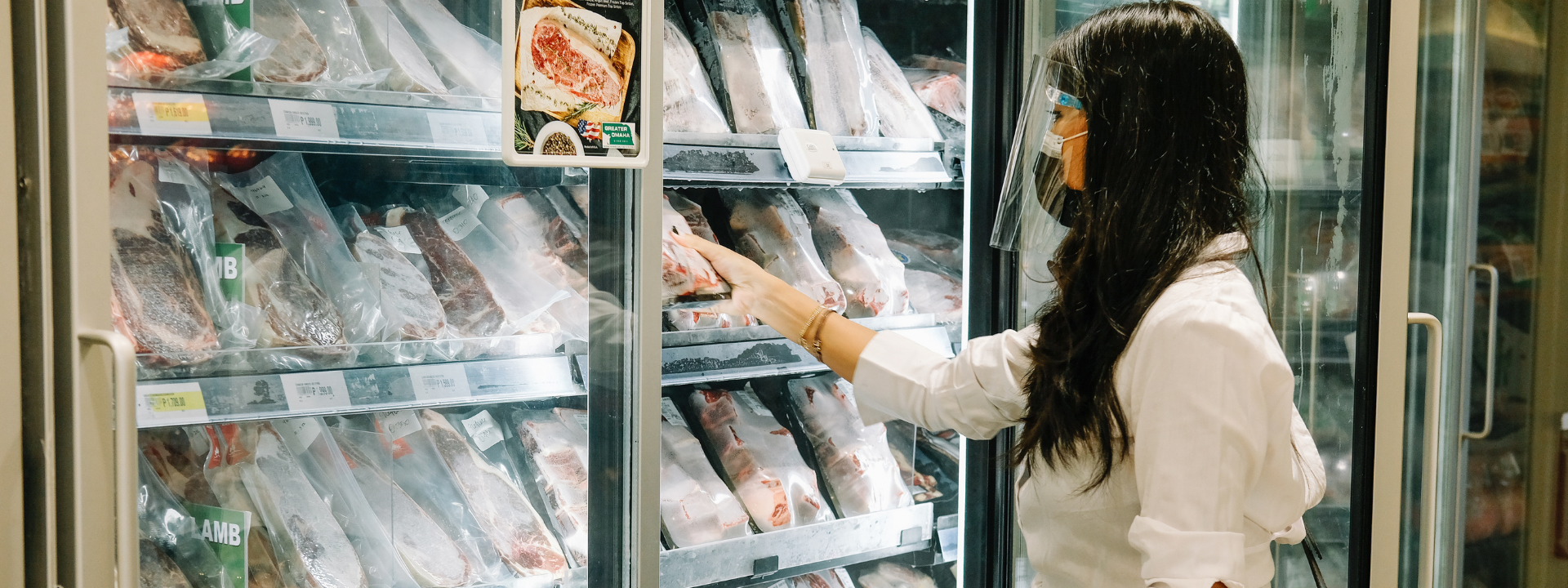With prices for, what feels like everything, increasing ... we're sharing some tips to help you in reducing grocery bills .
But first, here’s why we chose to discuss this issue on the blog today.
At the tail end of 2021, it was forecast that grocery spending would increase by $1k per household in 2022 in Canada.
This brings the average houses grocery bill to $15k per annum.
A 7% increase from last year, and the biggest jump yet.
With that, here are our top 10 ways you can save some cash when shopping for groceries.
#1. Plan ahead:
Don’t go to the shops without a plan.
According to research from the University of Pennsylvania: Making a list and avoiding impulse buys means you’ll save around 23% on grocery bills.
This adds up to potential annual savings of: $2,360 (USD).
Keep a notepad or scrap paper in the kitchen and add to it during the week as items pop up.
Encourage all household members to do the same so you don’t have to head out for one singular item later on (thus saving gas emissions if you drive – bonus!).
#2. Stockpile:
We’re not saying you need to fill your basement with toilet paper (not that there’s anything wrong with that).
We’re suggesting you minimize the amount of time you go to the grocery store and you buy your kitchen staples in bulk when they’re on offer.
According to MyMoneyCoach:
‘Save almost twenty five percent on the annual cost of your groceries by stockpiling groceries when they are on sale and then skip a grocery shop once every month.’
#3. Visit discount stores (this is a great way to help you in reducing grocery bills):
Look online for nearby discount stores.
The Grocery Outlet in Ontario is a great example of this very thing.
I, myself, have picked up brand products at super-reduced costs from The Grocery Outlet.

Vegan cheeses which are regularly $6 for $1.
Oatmilks which are usually $3 for $1.50
Bags of bagels for $1.50.
I even nabbed a bag of Heinz tomato paste for $1 which I put into ice-cube trays, then froze. I now have a very accessible tub of tomato paste in my freezer. I’ve saved around $10 on tomato paste alone this year.
#4. Coupon:
I’m sure you’ve seen the shows where people coupon and end up being GIVEN money by the cashier.
I am yet to scale these heights of couponing. However, it’s certainly something worth considering. It’s said that couponing regularly can save you 10% on your annual grocery bills.
#5. Grow your own:
You can make a small dint in reducing your grocery bills by starting a herb garden on your windowsill.
Prepackaged herbs are expensive! Instead, pick up a small pot of basil, rosemary … whatever you need.
It will last longer, taste more vibrant, and save you money.
If you’re in a position to do so, grow your own veggies in your garden, or see about joing a local community garden or allotment.

#6. Shop with cash:
People who shop with a credit card pay twelve to eighteen percent more than those who shop with cash. (Dunn & Bradstreet)
McDonalds divulged that when people pay with a credit card instead of cash the average transaction jumps from $4.50 to $7. (Investopedia)
Using a cash adds an element of accountability and is a clear sign of exactly how much you’ve spent.
^ This is a great tip not only for reducing grocery bills but for clothes shopping, too.
#7. Bring your own bags:
This is great for your wallet, and for the environment.
If the average cost of a plastic bag is 5c, and you use say … 4 bags per weekly shop, this is an unnecessary annual spend of $10.40.
As an aside:
In 2004 The City of San Francisco estimated the cost of clean up and landfill at 17 cents per bag. Here’s how they calculated the cost per bag for the 50 million bags used in that city per year. Contamination of recycling stream: $1.09 million/year = 2.2 cents per bag. Collecting and disposing of bags: $3.6 million/year = 7.2 cents per bag. (1bagatatime)
#8. Meal plan:
Plan your weekly meals in advance. This means you’ll be able to incorporate much of the fresh produce into multiple dishes.
This will help you reduce your food waste (did you see our blog on food waste?) and it will discourage the purchasing of unnecessary fruit and vegetables.

#9. Visit bulk stores:
Seek out your local bulk stores (remember your reusable containers!).
These products are regularly cheaper at your bulk bin store:
- Raw Cashews
- Flours (when I want to try a new flour, I buy a small amount)
- Shredded or Flaked Coconut
- Vanilla Beans
- Peanuts
- Sunflower Seeds
- Textured Vegetable Protein
- Sun-Dried Tomatoes
- Flax Seeds
- Steel Cut Oats
- Amaranth
- Millet
- Farro
The huge perk about shopping a bulk stores is that you can buy what you need.
If the recipe only calls for a tablespoon of xxx, don’t waste money on a whole bag that will sit in your cupboard and go bad, instead buy a tablespoons worth.
#10. Skip the brand names:

According to MyMoneyCoach you can save up to 24% on your groceries, with a potential annual saving of $880 if you opt for the discount or store brand v’s the big name brand.
I would say, at least try the cheaper option. You never know, you might prefer it!
We hope these tips help you in reducing grocery bills this year.
Did you enjoy this read? Our blog post on reducing wine waste might be of interest to you!
Did you know: In the United States alone, it’s estimated that home consumers pour over $1.27 Billion dollars worth of wine down the drain per year?
More Blog Posts:

The Guide to Veganuary!
Whether you are going full vegan or starting to eat less meat, our guide to veganuary will help you go plant-based in 2023.

5 Circular Economy Companies in Canada To Celebrate Waste Reduction Week
Say hello to 6 Circular Economy Companies in Canada this October as we Celebrate innovators during Waste Reduction Week.




